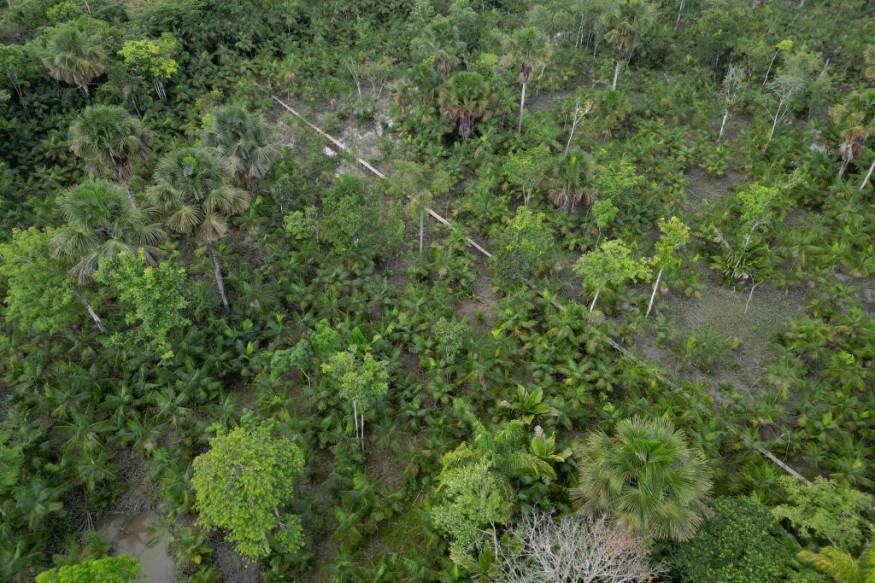A new study suggests that only 1,000 species account for half of the Earth's 800 billion trees in tropical rainforests, with the remaining 46,000 species accounting for the balance.
Researchers observed that a few tree species dominate the world's largest rainforests, with thousands of rare species making up the rest, mirroring patterns found elsewhere in the natural world.
Comparable Patterns of Trees

Research published in the Nature journal said that only 2% of rainforest tree species account for 50% of the trees found in tropical forests across Africa, the Amazon, and Southeast Asia.
The multinational partnership of 356 scientists, led by University College London researchers, discovered nearly comparable patterns of tree diversity across the world's rainforests, which are the most biodiverse locations on the globe.
While African tropical forests have fewer overall species than the Amazon and southeast Asia, their diversity follows the same pattern, according to the researchers.
More than 1 million tree samples were collected from 1,568 different places, spanning 2,048 hectares (5,050 acres) of rainforest. They discovered that about 2.2% of the species made up 50% of the trees in the ecosystem.
"The fact that African forests do not have so many species compared with Amazonian and south-east Asia forests is well known, but we also find that they have the same proportion of species that are common, which points to the existence of fundamental rules that all the world's tropical forests comply with," said Prof Bonaventure Sonké of the University of Yaoundé I in Cameroon.
Read Also : Australia's Daintree: World's Oldest Tropical Rainforest Returned to its Aboriginal People
Understanding Tropical Forest
The study stressed that a mechanism may govern the assembly of all the world's tropical forests.
Given the geographic heterogeneity of the forests analyzed, scientists intend to focus future research on discovering the potential rule.
African tropical woods have a drier, cooler temperature than the other two regions, whereas those in southeast Asia are dispersed across numerous islands. The Amazon is a vast region of interconnected woods where humans have been present for a much shorter period of time than in other regions.
"Our findings have profound implications for understanding tropical forests. If we focus on understanding the commonest tree species, we can probably predict how the whole forest will respond to today's rapid environmental changes," said the lead author, Declan Cooper, from the UCL centre for biodiversity and environment research.
He added that this is especially critical since tropical forests store a massive quantity of carbon and serve as a global carbon sink.
According to resampling analysis, the most common species are likely to be part of a manageable list of known species, allowing for targeted efforts to understand their ecology.
Although the findings do not diminish the importance of rare species, they do open up new avenues for understanding the world's most varied forests, including modeling their response to environmental change, by focusing on the common species that make up the majority of their trees.
Prof. Simon Lewis of UCL's geography school and the University of Leeds said that scientists wanted to look at tropical forests in a new way by focusing on a few hundred common tree species on each continent rather than the many thousands of species that can lead to fresh insights into these valuable forests.
© 2025 NatureWorldNews.com All rights reserved. Do not reproduce without permission.





